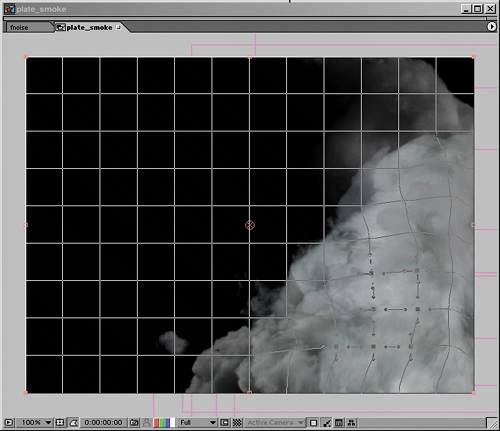


Contaminants of THS include carcinogenic and toxic compounds such as polycyclic aromatic hydrocarbons, nicotine, cotinine, phenol, cresols, formaldehyde, and tobacco-specific nitrosamines 1, 9. Previous studies have shown that THS is present on the smokers’ clothes, skin, and hair, as well as on household surfaces such as walls, beds, couches, carpets, and desks 6- 8. SHS and THS are distinct and major sources of involuntary exposure to tobacco smoke pollutants that may predispose children and non-smoker adults to adverse health effects. exposure to tobacco smoke pollutants during and after tobacco smoking).

Collectively, as proposed by Protano and Vitali 4, the term ‘environmental tobacco smoke’ (ETS) or ‘passive smoking’ should be used to describe both SHS and THS (i.e. Exposure to THS occurs after cigarettes/tobacco products have been extinguished through involuntary inhalation, ingestion, or dermal absorption of residual tobacco smoke pollutants that persist long after the clearing of SHS 4, 5. Hence, children and non-smoker adults experience SHS exposure by involuntary inhalation of sidestream and exhaled mainstream smoke. smoke emitted from the burning cigarette, pipe, or cigar) and the mainstream smoke exhaled from the lungs of smokers’ 1. On the other hand, secondhand smoke (SHS), an established and serious health hazard 2, 3, consists of a ‘mixture of the sidestream smoke (i.e. 1 defined THS in 2011 as ‘residual tobacco smoke pollutants that remain on surfaces and in dust after tobacco has been smoked, are re-emitted into the gas phase, or react with oxidants and other compounds in the environment to yield secondary pollutants’. Thirdhand smoke (THS) has been recognized as a public health hazard that is distinct from secondhand smoke (SHS). Incorporate educational messages about the harm of THS in an attempt to promote Therefore, tobacco prevention programs need to

With enforcing a strict home smoking ban, which provides a safer environmentįor children and non-smokers. Conclusions: Parents’ harm and persistence beliefs about THS were associated Persistence ( APRQ4 vs Q1 = 1.55 1.17–2.05) beliefs scores increased. The prevalence of a strict home smoking ban increased as THS overall Of participants indicated that THS exposure harms the health of children (67.2%)Īnd adults (60.6%) and THS residue could remain for days in the environment Never smokers than among ever smokers (49.1% vs 25.2%, p<0.001). The prevalence of a strict home smoking ban was higher among (n=225) and 43.6% (n=234) reporting a strict or partial home smoking ban, Results: In total, 536 parents (404 females) were enrolled in the study, with 42.0% Regression, and adjusted prevalence ratios (APR) and 95% confidence intervals Scale that assessed parents’ overall, health, and persistence beliefs about THS.Īssociations between the quartiles of THS overall, health, and persistenceīeliefs scores and home smoking rules were evaluated using a modified Poisson Parents reported home smoking rules (strict, partial, and no, home smokingīan) and completed the 9-item Beliefs About ThirdHand Smoke (BATHS) Methods: A sample of parents living in Kuwait were enrolled in a cross-sectional In terms of harm and persistence in the environment and evaluate associationsīetween parents’ THS beliefs and home smoking rules. This study aimed to assess parents’ beliefs about THS Persists long after tobacco smoking on the clothing and hair of smokers and in the Introduction: Thirdhand smoke (THS) is the toxic residue of tobacco smoke that


 0 kommentar(er)
0 kommentar(er)
